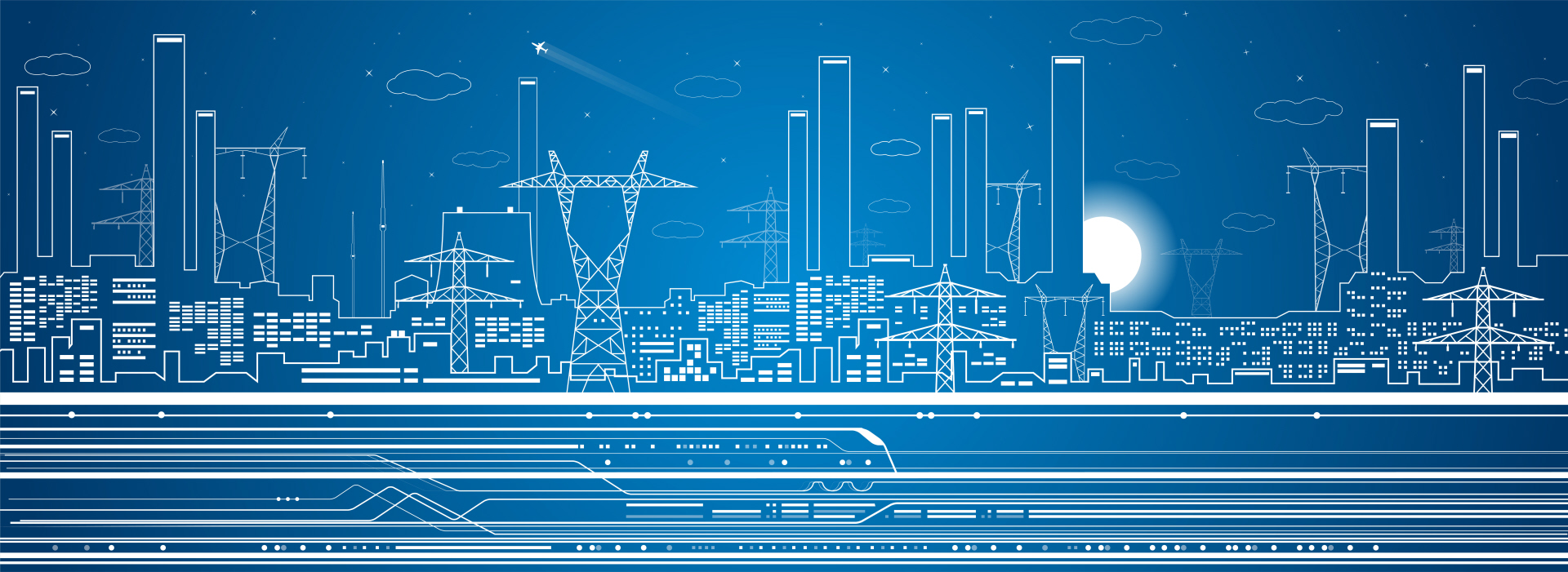Energy saving – is it time to get back to basics?
ABB’s Steve Hughes discovers that the energy saving benefits of variable speed drives are still not widely understood.
I recently had the privilege of presenting to an audience with a vested interest in energy efficiency at the EMEX show, held in November at London’s ExCel, where I was extolling the virtues of digital energy. More about digital energy in a later column. What struck me were the questions from the audience which were truly back to basics in terms of how variable speed drives actually save energy, where and when they can and can’t be used and so on. Here are three basic questions that I was asked:
Are there any applications where you wouldn’t use a variable speed drive?
There are over 750 million motors in the world with some 12% operating with variable speed. Of course those applications that run at a fixed speed won’t always benefit from a VSD. Such constant-torque loads include air compressors, hydraulic power packs, conveyors, mixers, positive displacement pumps, rotary kilns, agitators, crushers and surface winders. With such applications the torque requirement throughout the speed range is the same. The power change is proportional to the speed of change. While applying VSDs can still result in savings, they are not as dramatic as those seen in variable-torque applications. However, certain applications such as air compressors and hydraulic power packs can achieve significant savings depending upon the on-load and off-load cycle times. The main benefits of VSDs in the constant-torque applications are precise process speed control and starting/ stopping with controlled acceleration/ deceleration using modern motor algorithms. As well as reducing the effects of over-sizing, usually inherent in the design of the system, improved control reduces mechanical stresses and, therefore, maintenance requirements, giving higher production availability and lower lifetime costs.
Can VSDs be fitted with a by-pass?
The answer is yes, but the counter-question from me is why do that? Apparently there are some process engineers who refuse the installation of VSDs unless they are fitted with a by-pass for fear that if the drive fails then the process stops. This, it turns out, isn’t an unusual perception. ABB carried out an energy assessment at a large chemicals site, guaranteeing a specific amount of energy saving. Despite the drives being installed, they are being run at 50 Hz because of concerns that it may jeopardise the
process. In another case, a famous London landmark is stacked with VSDs, yet the motors they are meant to be controlling are all running at 50 Hz. While energy managers may want to install VSDs, they need to work closely with other stakeholders so that all challenges and solutions can be alleviated at the outset.
How reliable and resilient are VSDs?
VSDs have a mean time between failure (MTBF) of over half-a-million hours or nearly 62 years. VSD failure predominantly depends on the environment in which they operate. There are many factors to consider, with most VSD damage being heat related rather than poor environment. The second highest cause of failure is neglect caused through poor or no maintenance. Simple measures include keeping them dust free to allow air to flow freely to cool the drive properly. Keep them dry so moisture doesn’t corrode circuit boards and keep connections tight to prevent damage from arcing. The final factor affecting reliability is down to how demanding the application is. A 250 kW VSD driving a water pump or fan is having an easier life than its equivalent, driving a demanding application such as a centrifuge which can be accelerating and decelerating on a 20 second cycle. This leads me nicely to the subject of digital energy where we can measure environmental impact, availability, stress levels and how much time VSD is spent in a fault condition.
So, now what?
Part of the challenge is that today engineers are confronted with an avalanche of digital technologies: Industrial Internet of Things, machine learning, augmented reality, big data, edge computing. All are vying for the attention of the new breed of engineers, leaving little time for the energy saving basics. The irony is that a focus on minimising energy waste can result in some truly amazing energy saving costs, releasing the very capital needed to fund the digital projects of the future.

